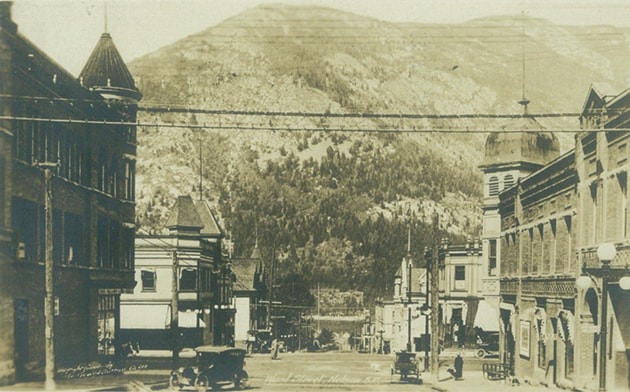Nelson has been revelling in the rain, relieved that reservoirs are full and wildfire risk reduced for the moment. Yet despite the reprieve, interface wildfire and water shortage fuelled by rising temperatures continue to present real and growing threats.
A century ago, vast swaths of forest surrounding Nelson and other communities were burned such that the risk of interface fire was virtually eliminated. Since that time, fire suppression has allowed dense re-growth providing abundant wildfire fuel. At present, the combination of plentiful fuel and excessive dryness due to high temperatures is prompting calls for more intensive logging in local interface and watershed areas.
Proponents state that increased logging will reduce wildfire risk while also preserving jobs by providing commercially viable timber in a time of declining supply. Those concerned about interface and watershed logging point to the potential for accelerated runoff, erosion, sedimentation, and slope instability particularly as climate change is currently increasing vulnerability to the water-related extremes of flood and drought.
As an attempt at balance, a resolution came forward at a recent Association of Kootenay Boundary Local Governments meeting, seeking support for logging licensees to be mandated to inform and consult with local government and the public on planned operations. The resolution failed to pass even though commercial logging near communities and in watersheds has the potential to increase municipal and regional district costs. Consider for example the estimated $20 million needed to provide water filtration should particulate levels in Nelson’s water supply increase due to erosion.
Another way to reduce wildfire risk is through more extensive removal of brush and debris from the forest floor along with thinning rather than clearing of the forest stand. This approach is not as profitable for industry but has proved to significantly reduce burn probability and to improve fire containment while also maintaining a healthy forest structure and ecology. In particular, a thinned but present forest canopy protects the soil’s ability to absorb and retain water and resist erosion. Forests left in place also absorb CO2, helping to hold global temperatures at or below the critical threshold.
Nevertheless, thinning and other fuel treatments are often viewed as costly for community while logging is generally seen as contributing to local economic growth. In fact, the economic costs and benefits of thinning and similar fuel treatments are only just beginning to be comprehensively analysed.
What is known is that the total interface area in the RDCK encompasses about 39,000 hectares of forest including 14,600 high priority hectares requiring about $5 million to treat. It’s a big investment but one that would reduce wildfire risk throughout the region with little risk to the health of soil, water and other ecological systems. Expanded investment in treatment could also generate new skilled jobs helping local economies and there may be further economic return if the harvested material is used to fuel alternative energy strategies such as the district energy system being considered for Nelson.
As per my usual disclaimer on issues such as this, I am not an expert. However, one thing seems clear — what is done to reduce the risk of wildfire must be considered against the equally important need to protect and sustain the integrity of the region’s water supply. Carefully balanced management of risks posed by the dynamic duo of fire and water in the face of climate change is essential.
Meanwhile, we can reduce our risk exposure. Please don’t toss cigarette butts outside. Adhere to campfire and water use restrictions. Fire safe your home and prepare an emergency plan and supply kit. Add *5555 to your cell phone contacts and 1-800-663-555 to your landline speed-dial and call right away if you see smoke or flames. Visit gov.bc.ca/preparedbc or nelson.ca to learn more.
Nelson city councillor Valerie Warmington shares this space weekly with her council colleagues.
